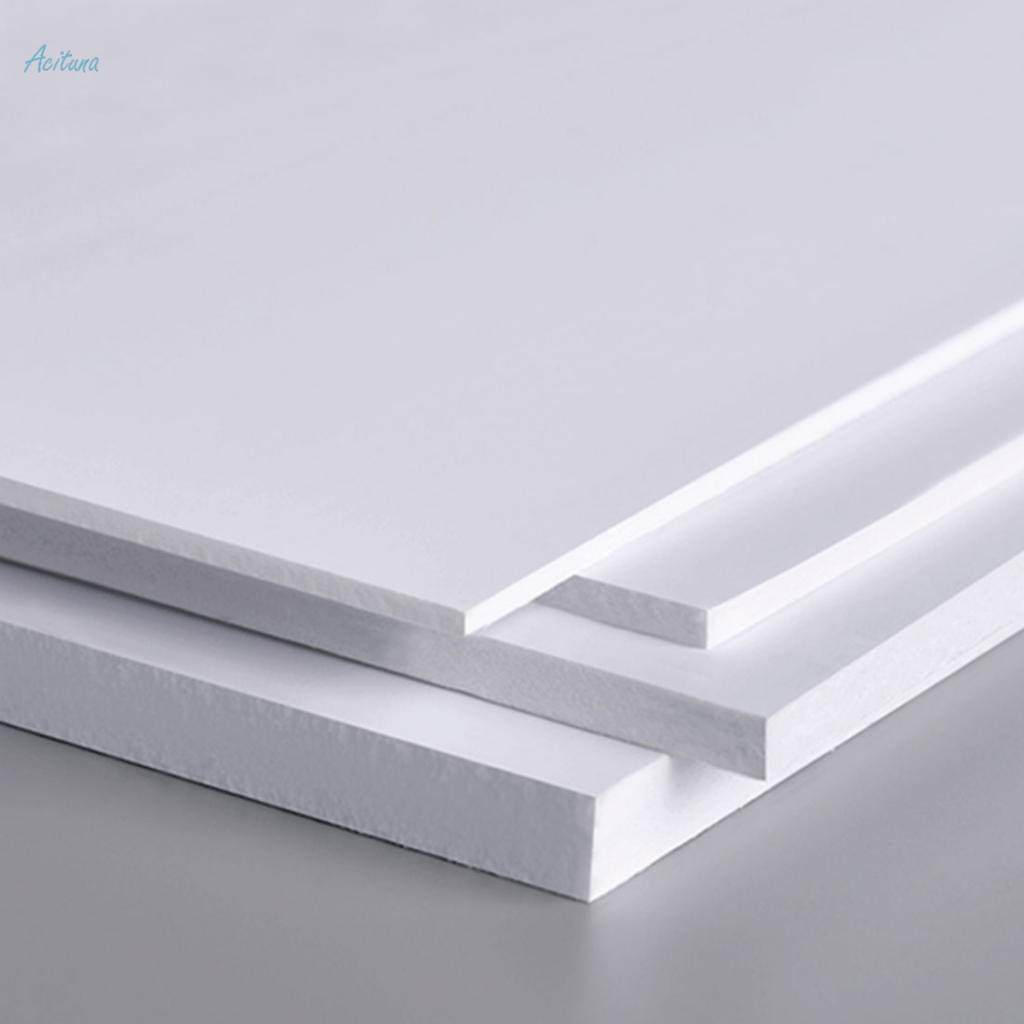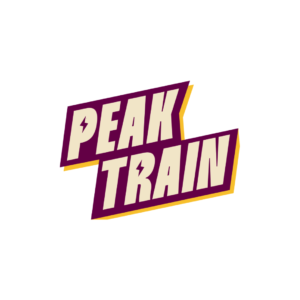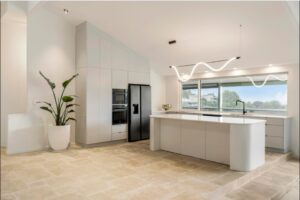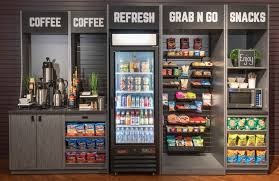Understanding the Different Types of Foam Boards and Their Applications
Foam boards are a versatile and popular material used in a wide range of applications, from school projects and crafts to professional signage and photography mounting. Their lightweight structure, ease of cutting, and affordability make them an ideal choice for anyone looking to create displays, presentations, or artwork. However, foam boards come in different types, each with specific features suited for particular applications.
In this article, we’ll explore the various types of foam boards available, their characteristics, and the most common uses for each type. Whether you’re a designer, artist, teacher, or marketer, understanding foam boards will help you choose the right one for your project.
What is Foam Board?
Before diving into the types, let’s define what foam board is. Foam board, also known as foam core, is a lightweight, durable, and rigid material made of a foam center sandwiched between two outer layers of paper or other materials. This structure makes it easy to cut and shape, while still providing support for prints, photographs, and other materials.
Foam boards come in a range of thicknesses, from thin boards suitable for simple school projects to thick boards that provide stability for heavier displays.
Types of Foam Boards
There are several types of foam boards on the market, each with unique characteristics that make them suitable for different applications. Here are the most common types:
1. Standard Foam Board
Standard foam board, often referred to simply as “foam core,” is the most widely used type of foam board. It consists of a polystyrene foam center with paper or plastic-coated surfaces on both sides.
Characteristics:
- Lightweight: One of the most significant advantages of standard foam board is its weight. It’s light enough to easily carry and mount, making it perfect for presentations or projects that need to be portable.
- Easy to Cut: Standard foam boards are simple to cut using a sharp knife or utility blade, allowing for intricate shapes and designs.
- Affordable: Standard foam board is cost-effective, making it a great choice for one-off projects, school displays, or temporary signs.
Applications:
- School Projects: Students often use foam boards for science fairs, posters, and other educational displays.
- Presentations: Businesses and marketers use standard foam boards for presentations, tradeshow displays, and conference posters.
- Crafts and DIY: Hobbyists love foam boards for creating craft projects, model-making, and home decor items.
2. Acid-Free Foam Board
Acid-free foam board is designed for applications where longevity and archival quality are essential. This type of foam board has an acid-free surface, ensuring that artwork, prints, or photographs mounted on it will not degrade over time due to chemical reactions.
Characteristics:
- Archival Quality: Acid-free foam boards are perfect for preserving delicate artwork and photographs, as they won’t cause yellowing or damage to the mounted materials.
- Durable: These boards are still lightweight but offer extra protection for materials that need to last over time.
- Higher Cost: Acid-free foam boards tend to be more expensive than standard options due to their specialized surface.
Applications:
- Artwork Mounting: Artists and photographers use acid-free foam boards for mounting prints and artwork that need to be displayed or stored for long periods.
- Framing: When framing photographs or artwork, using acid-free foam board helps protect the materials from long-term damage.
- Museum Displays: Museums and galleries use acid-free foam boards for exhibits to ensure the preservation of delicate pieces.
3. Gator Board
Gator board, also known as gatorfoam, is a stronger and more durable alternative to standard foam board. It features a dense polystyrene foam core with a wood-fiber veneer surface, making it much sturdier than traditional foam boards.
Characteristics:
- Durable: Gator board is highly resistant to bending, warping, and denting, making it suitable for more permanent displays and signs.
- Heavier: While still lightweight compared to wood or metal, gator board is heavier than standard foam board due to its denser surface.
- Water-Resistant: Gator board’s surface is more resistant to moisture than regular foam board, making it suitable for outdoor use in some cases.
Applications:
- Professional Signage: Gator board is commonly used for creating professional signs, especially for long-term or outdoor use.
- Exhibits and Displays: Businesses and retailers use gator board for sturdy, long-lasting displays at events or in-store exhibits.
- Mounting Prints: Photographers and artists use gator board when they need a more rigid, durable backing for their prints or artwork.
4. Black Foam Board
Black foam board is similar to standard foam board but features a black surface instead of the traditional white. It provides a sleek, professional appearance and is often used in more design-conscious applications.
Characteristics:
- Aesthetic Appeal: The black surface gives presentations, signage, and displays a professional, polished look.
- Same Weight as Standard Foam Board: Black foam board is as lightweight and easy to cut as white foam board but offers a different visual effect.
- Non-Reflective: The matte black finish helps reduce glare, making it ideal for photo displays or projects that will be in brightly lit environments.
Applications:
- Photography Displays: Photographers often use black foam board to mount prints for exhibitions, as the dark background enhances the visual impact.
- Presentations: Black foam boards are popular for high-end presentations where aesthetics are essential, such as in architecture or interior design projects.
- Crafts: DIYers and artists use black foam board for creating contrast in designs, shadow boxes, or other decorative projects.
5. White Foam Board
White foam board is the most commonly used type of foam board due to its versatility and wide range of applications. It features a white surface that is ideal for mounting prints, creating signs, or designing presentations. Its clean, bright look makes it a top choice for many projects.
Characteristics:
- Versatile: The bright, neutral surface of white foam board works well with various types of media, including markers, paints, and adhesives.
- Cost-Effective: White foam board is one of the most affordable materials for temporary signage, school projects, and displays.
- Readily Available: It is widely available in various thicknesses and sizes, making it an easy choice for most users.
Applications:
- Educational Displays: White foam board is frequently used for creating school displays, classroom charts, and science fair projects.
- Business Presentations: Marketers and business professionals use white foam boards to create eye-catching presentations for meetings and conferences.
- Crafts and Artwork: Artists and crafters prefer white foam board for its versatility in making models, wall art, and decorative elements.
Choosing the Right Foam Board for Your Project
When deciding which type of foam board to use, consider the specific needs of your project. For everyday projects like presentations or school displays, standard white foam board is a reliable and affordable option. If you’re working on a professional display or artwork that requires long-term durability, gator board or acid-free foam board may be more suitable. For added style, black foam board offers a sleek, modern look.
Incorporating foam boards into your projects can elevate their professionalism and durability, no matter which type you choose. With a better understanding of the various types of foam boards available, you can confidently select the right material for your needs and ensure your project is a success.
Foam boards, particularly white foam board, are a go-to material for creating clean, professional, and durable displays. With their lightweight structure and easy-to-cut design, they can be used in a wide range of applications, from mounting photos to crafting presentations.













Post Comment